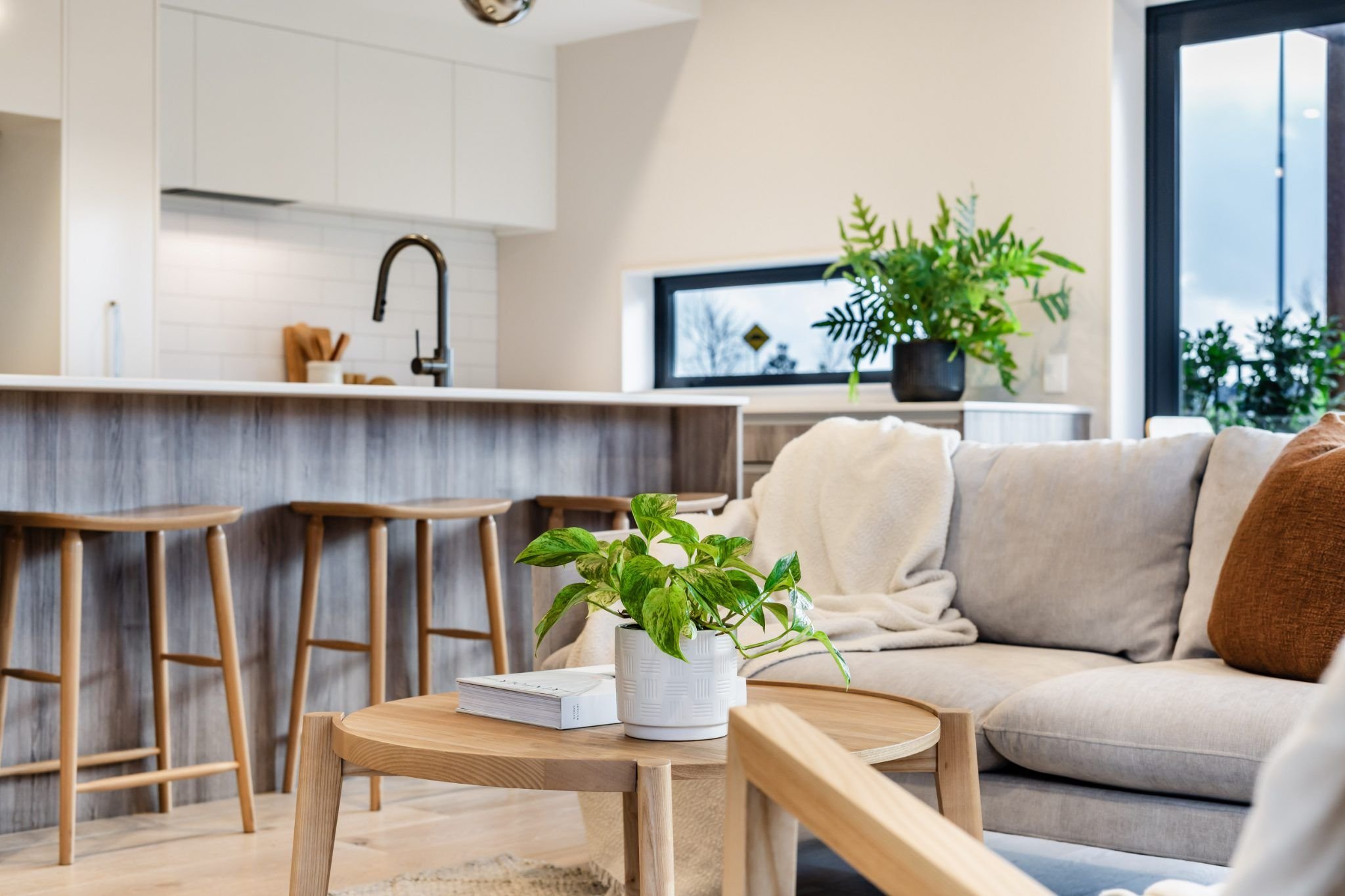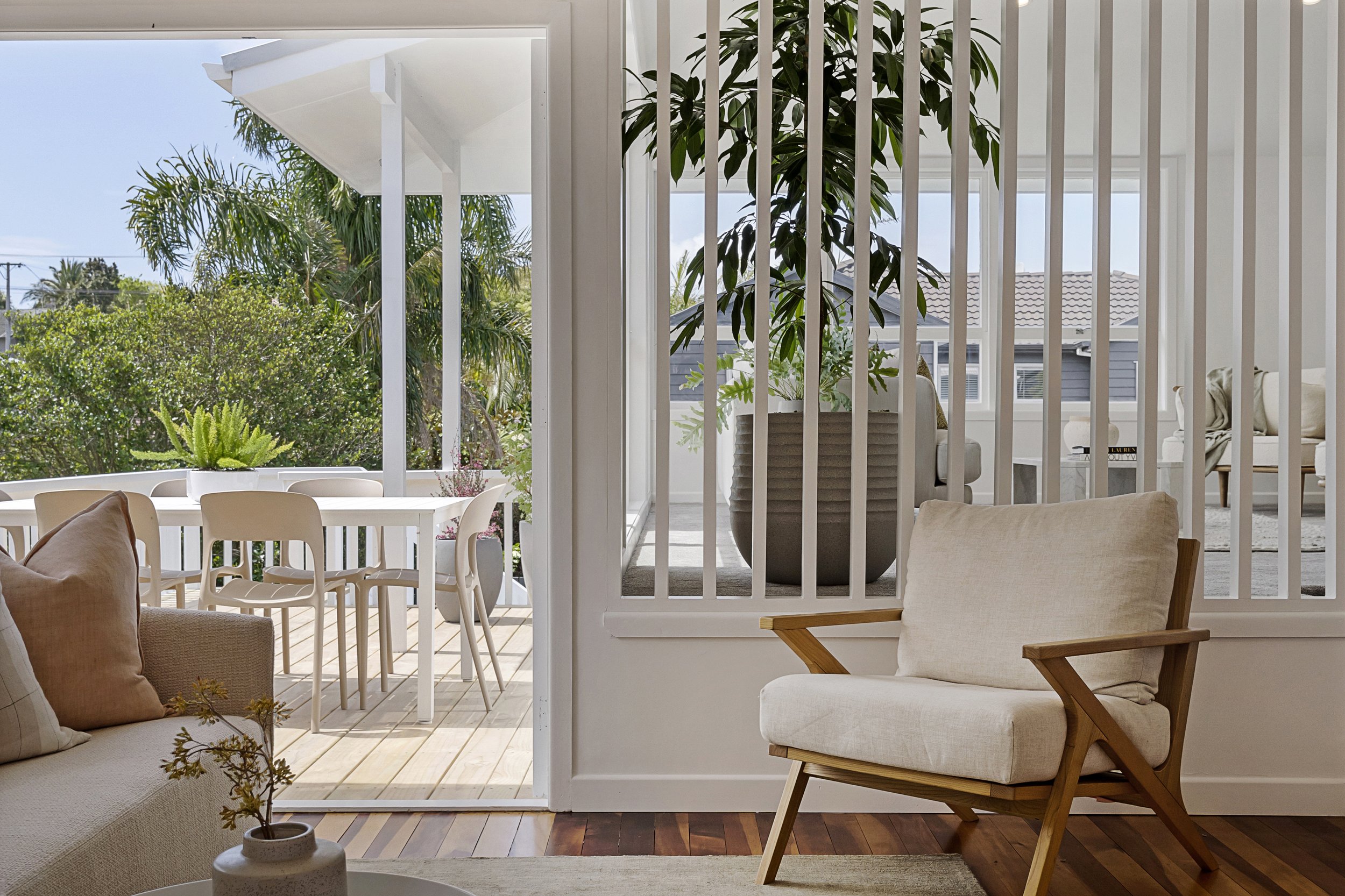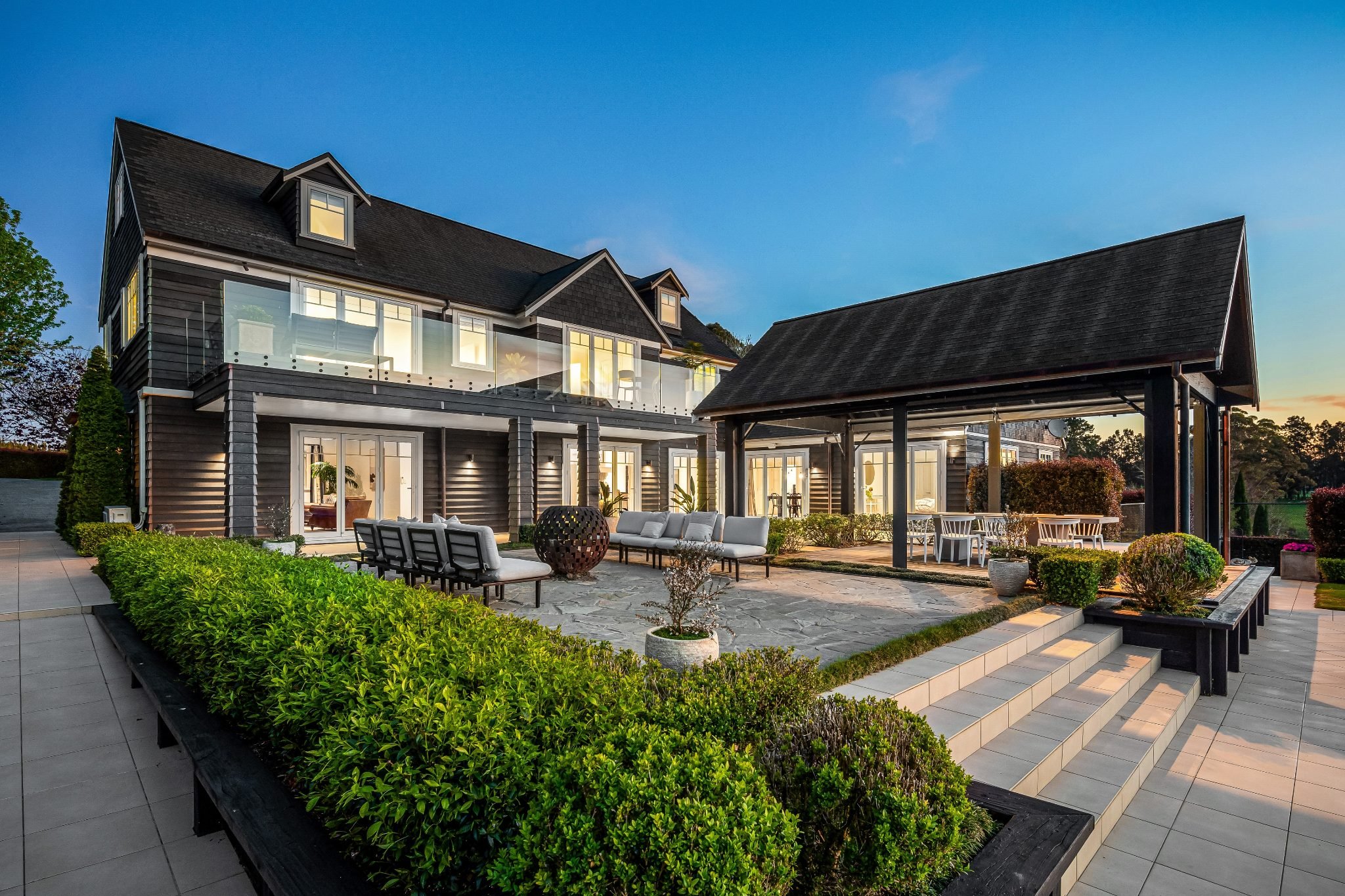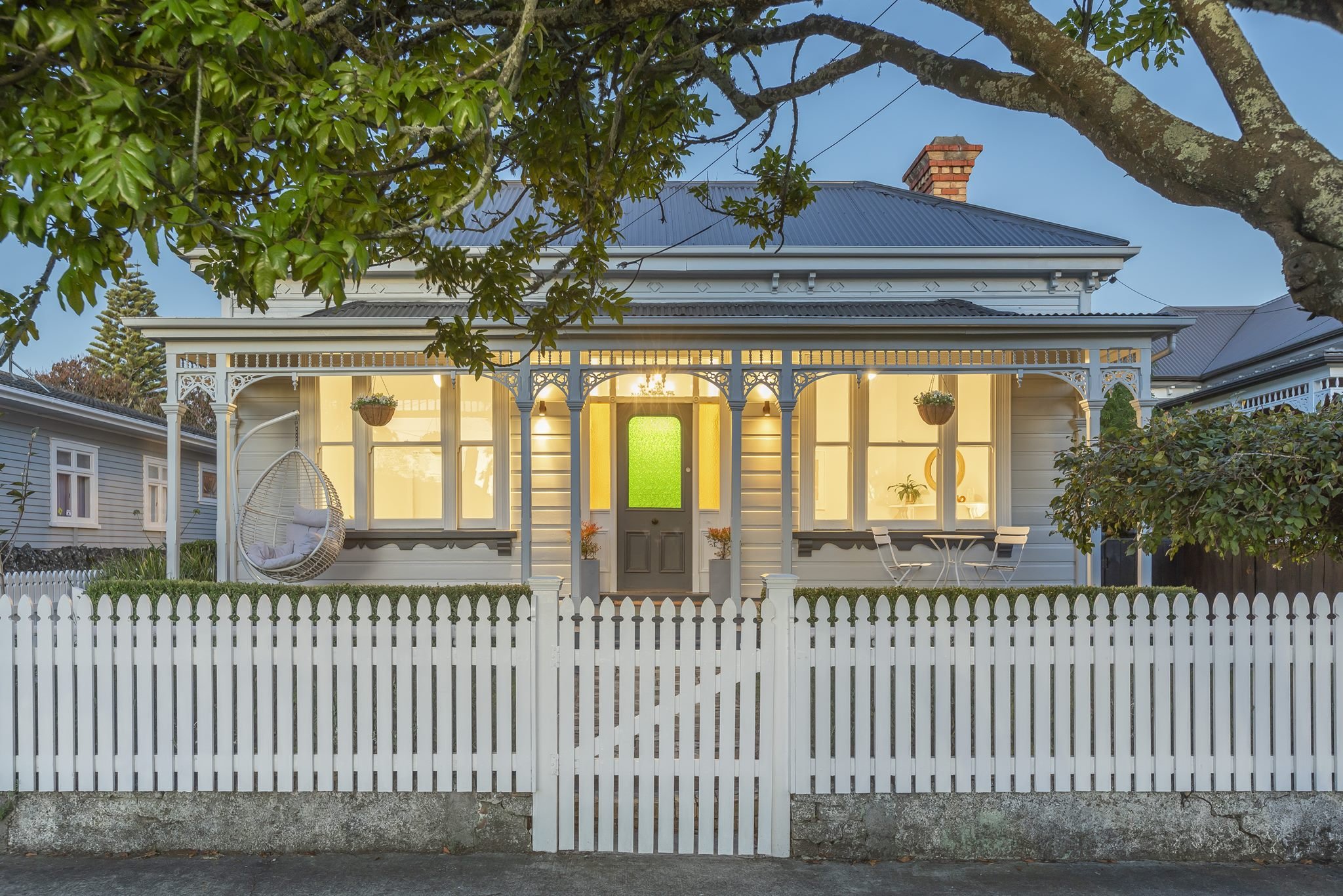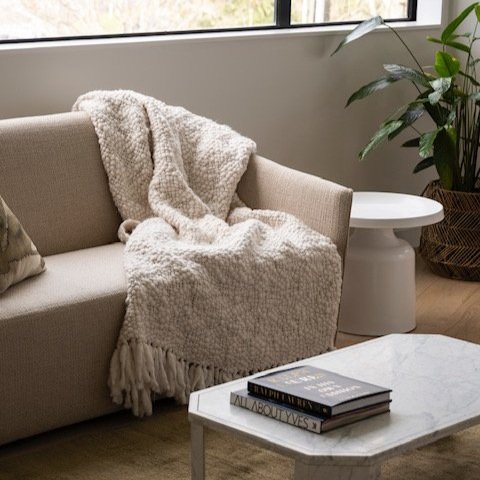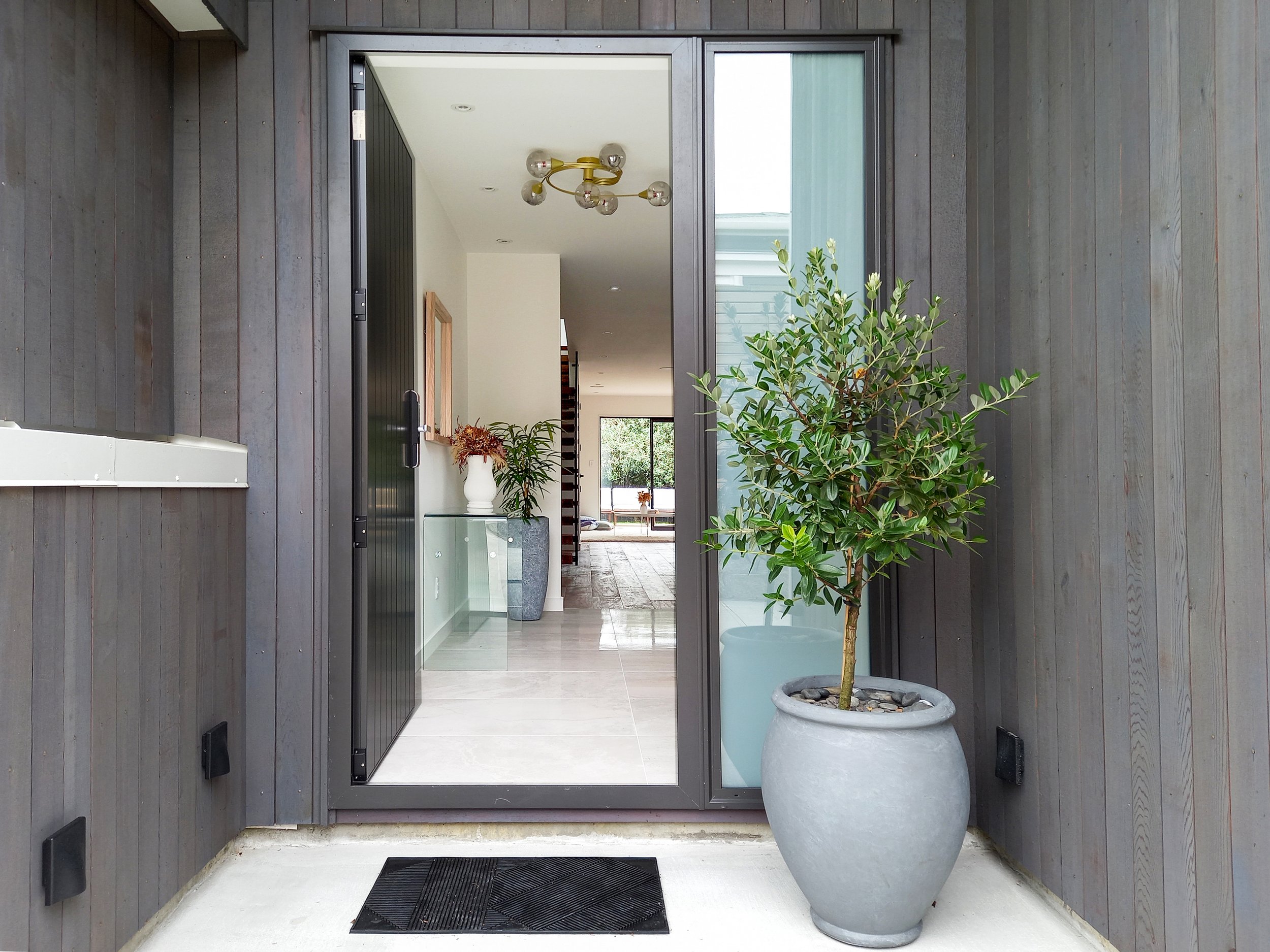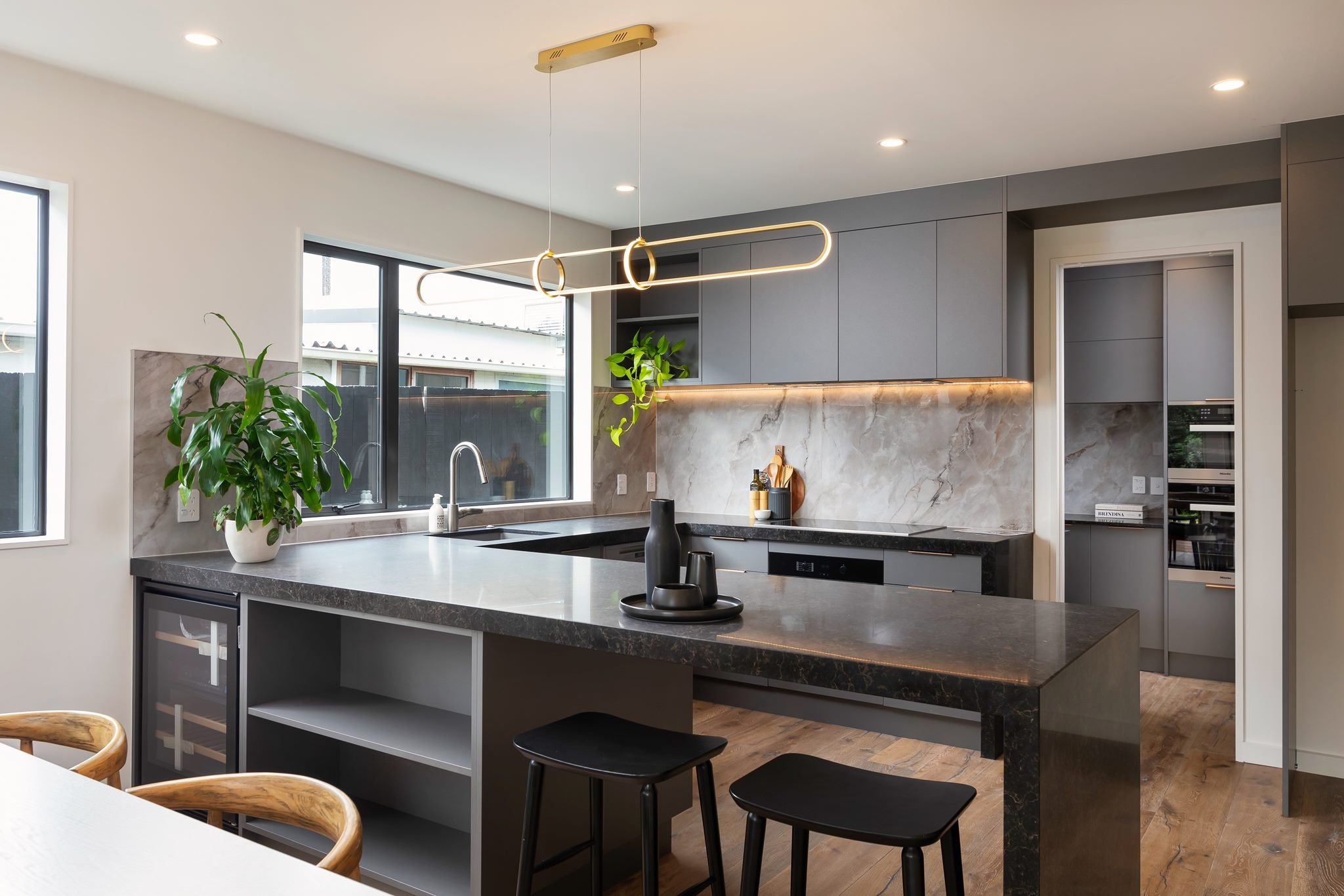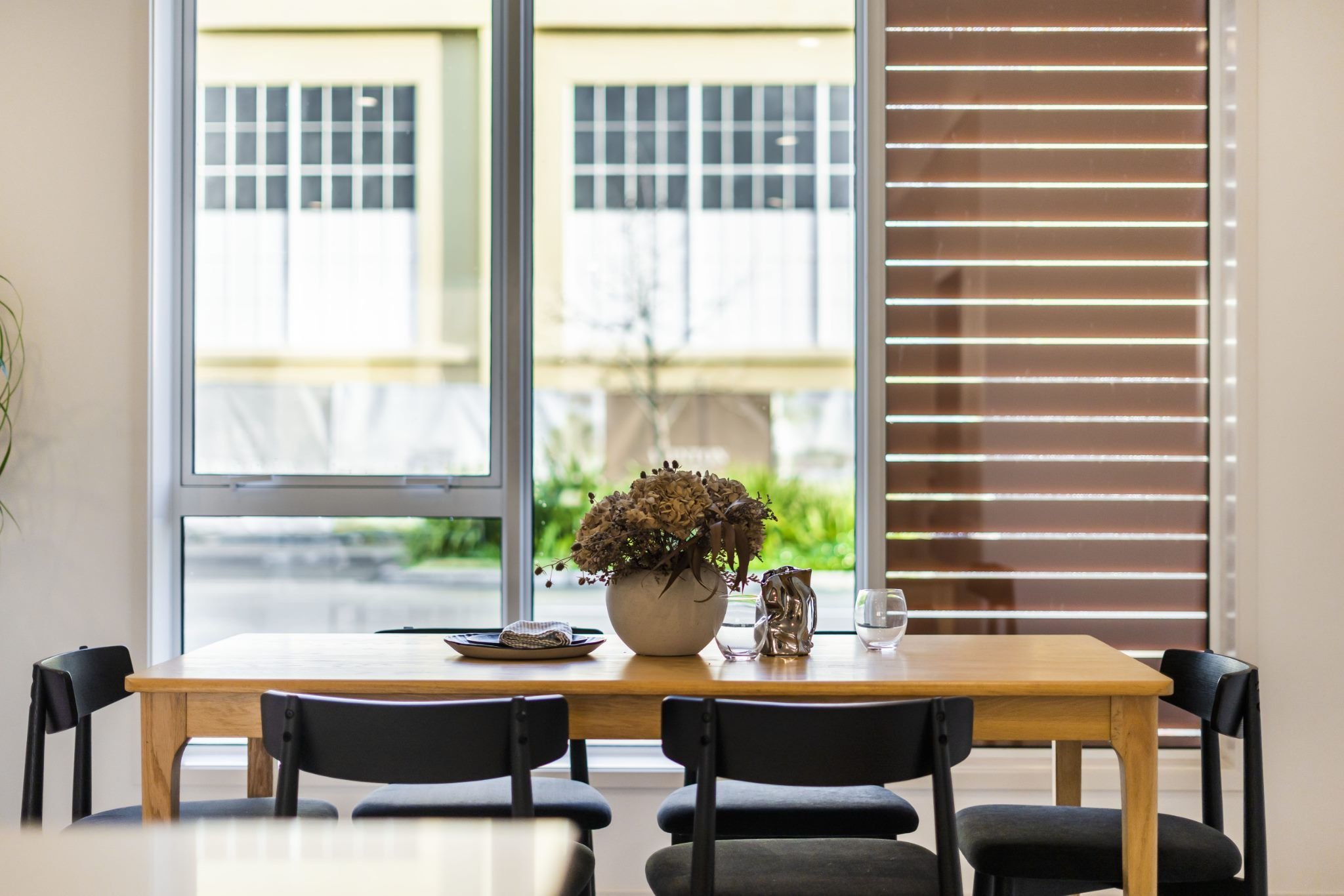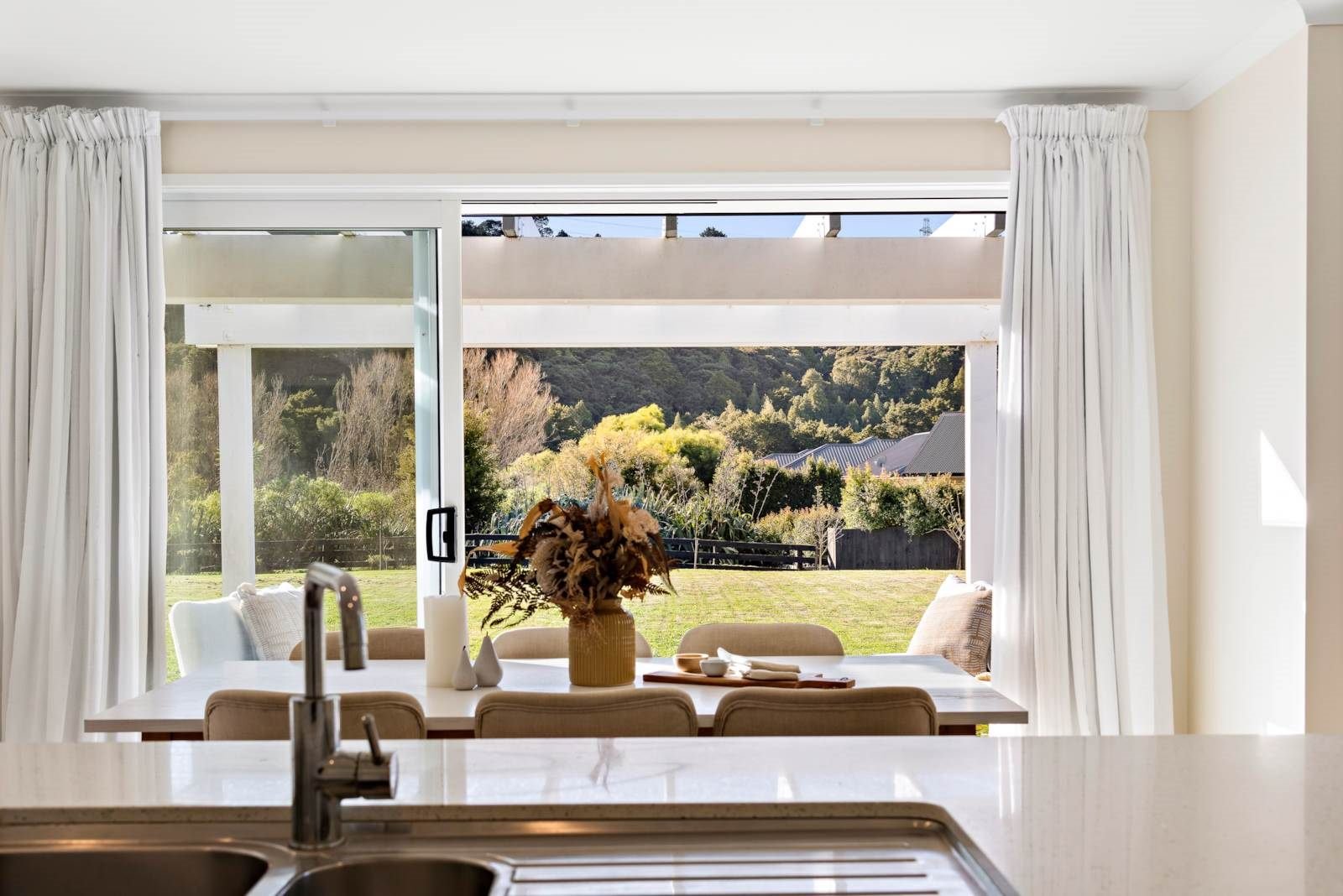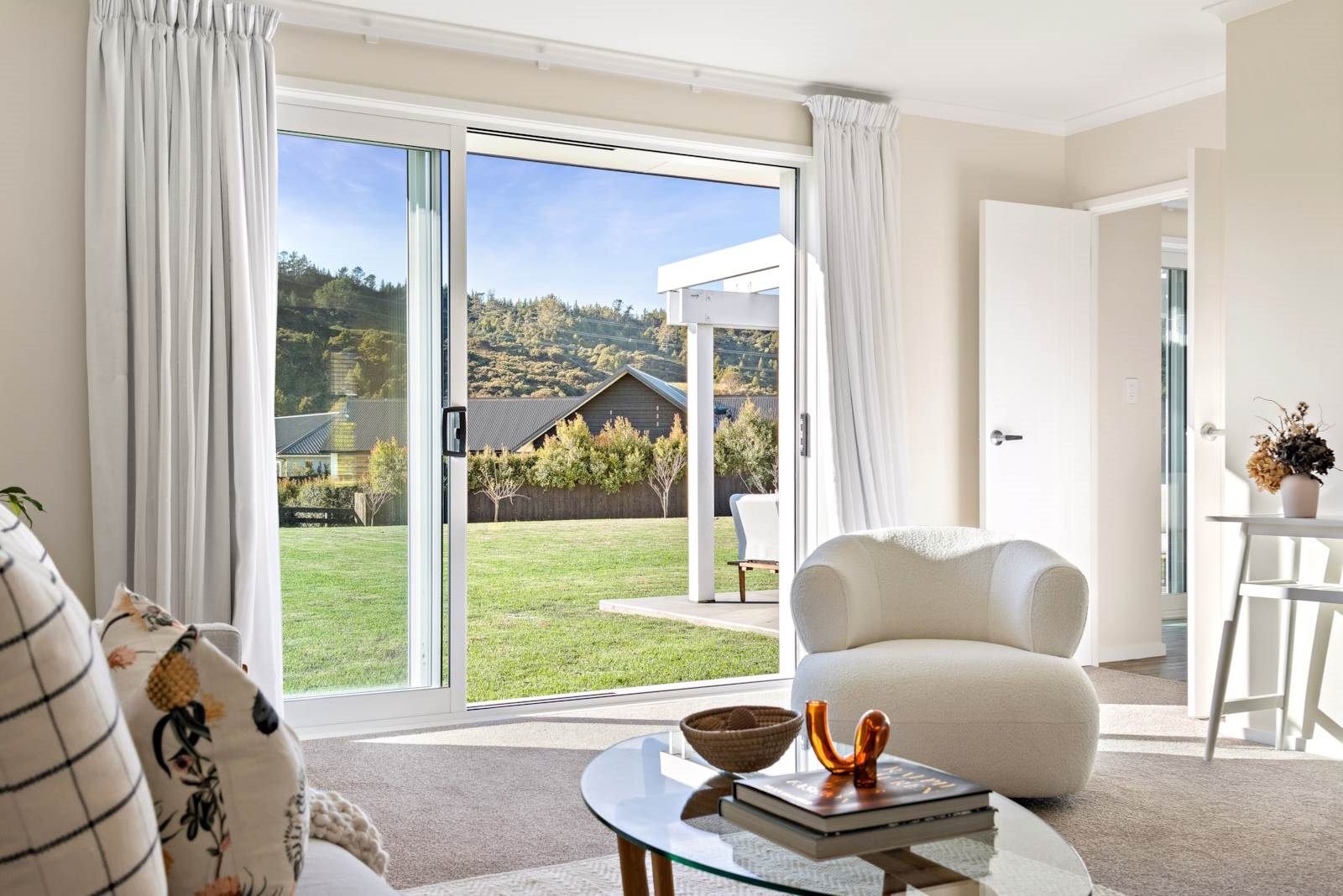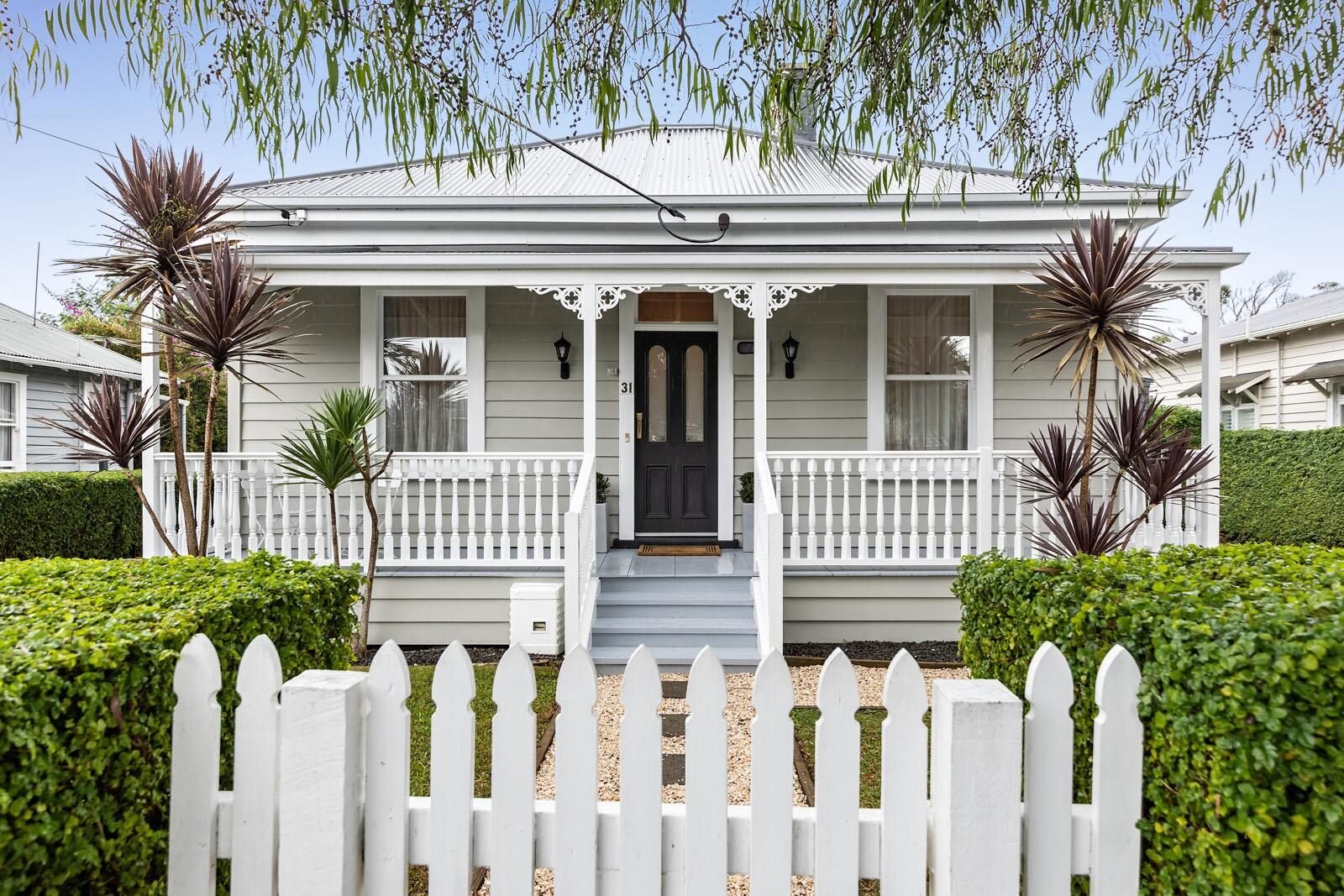Texture may be on brand when it comes to interior design, but that’s because it plays a significant role in it. Texture helps provide aesthetic appeal, contrast and depth to a room, changing the way a room looks and feels. Focused on providing the top Auckland based interior design service, we use texture as a part of all our residential projects, and today we’re sharing a few tips on how you can use it too.
Top Ways of Using Texture in Interior Design
Texture in interior design refers to an object’s surface or feel, which is then split into two categories, visual and tactile. Visual textures can be seen, such as on a painting or a fluffy sheepskin rug. Tactile textures can be felt, such as a smooth marble benchtop or a satin pillowcase.
Ways that you could bring texture into the interior design of your property are using:
Home décor accessories – play around with the position and grouping of different types of accessories. For example, you could group accessories with contrasting textures to capture the eye, such as a collection of plant pots or different fabrics on throw cushions.
Lighting types – lighting can provide texture in both the way it looks, feels and the rays of light it provides. Lighting can change the feeling of a space, making an area welcoming. Layered lighting can separate parts of a room and emphasise specific aspects you want highlighted.
Contrasting fabrics – bring different colours and patterns of fabric into the room with décor pieces such as window dressings, cushions, rugs and throws. By using colours that differ from the room’s main colour palette, you can break up a space and capture the eye’s attention.
Textured furniture – furniture is a great way of introducing large aspects of texture into a room. Furniture pieces do not have to be all the same or all different from one another. A subtle combination of texture, such as the curve of a wooden chair frame, the coolness of a marble benchtop or the coarse fabric on a sofa can all compliment each other easily.
Layering different textures – here you can incorporate different layers of texture to produce a room rich with depth. This could mean using books stacked on a side table, a bookcase with glass art pieces and textured wall artworks grouped together.
When adding texture to a room, remember that some objects will require more upkeep than others. Smooth pieces show dust and fingerprints easily, thick pile floor coverings are best in areas with low traffic and sleek furniture fabric can feel unwelcoming and slippery.
Our Auckland interior designers are available to help guide you through the process of adding texture into your residential property, assistance in choosing furniture, accessories and colour palettes, along with the positioning of objects for maximum room functionality and in ways that are aesthetically pleasing.
We would love to hear from you and discuss your interior design requirements! Call Gaby today on 021 871 716 or fill in the contact form on our website and let’s chat.
“Gaby did a wonderful job staging our three level apartment and helping to facilitate a quick sale. A genuine pleasure to find such a professional and positive person on the top of her game. Highly recommended.”
RELATED BLOGS
Contact us today
Call Gaby on 021 871 716 or email us on the form below.





